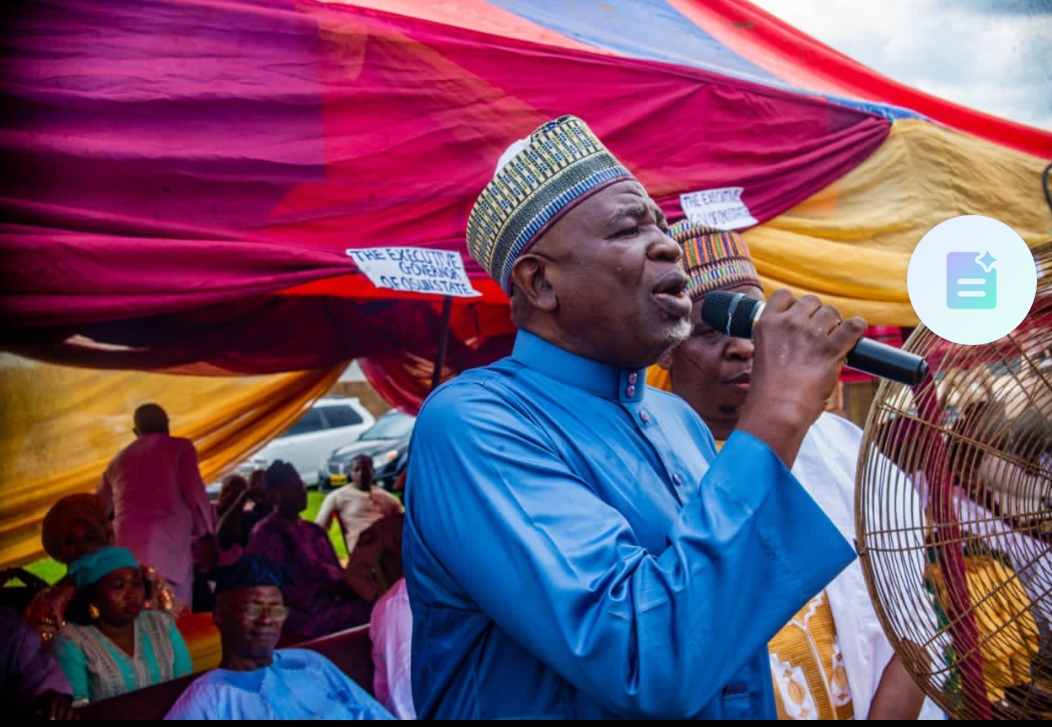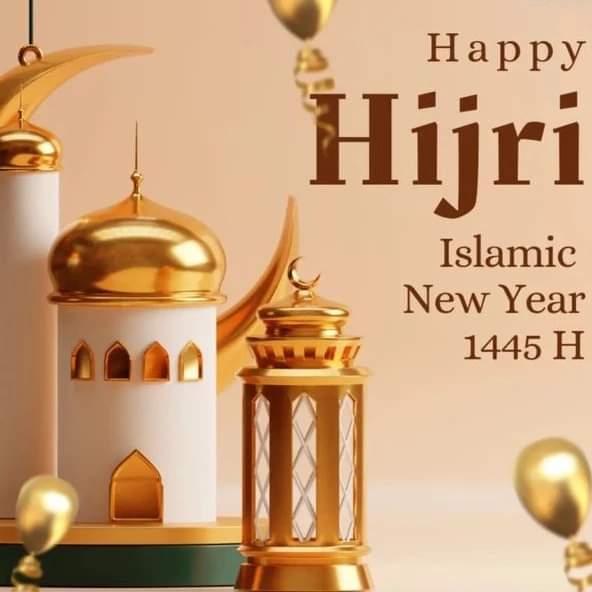Bodija Estates Muslim Community Unveils New Executive Council
January 9, 2026Nigeria Secret Police, DSS Storms Kuje Prison To Re-Arrest Ex-AGF On Terrorism Financing Allegations
January 8, 202657 Properties Worth ₦213.2bn Linked To Former Attorney-General Of Federation, Abubakar Malami, Seized By The Court
January 8, 2026Sallah Celebration: Rituals, Observances Of Eid-ul-Adha
Sallah Celebration: Rituals, Observances Of Eid-ul-Adha

Eid-ul-Adha is a significant festival in Islam that highlights the values of unity, faith, and sacrifice.
While the sacrifice of livestock and consumption of meat are physical aspects of the celebration, the true essence of Eid-ul-Adha lies in its spiritual significance.
Eid-ul-Adha commemorates the willingness of Prophet Ibrahim (Abraham) to sacrifice his son, Ismail (Ishmael) as an act of obedience to God’s command, demonstrating the ultimate act of faith and submission to the divine will.
The festival promotes unity among Muslims, as they come together to perform the Eid prayer, share meals, and exchange gifts.
It also reinforces the importance of charity and generosity, as Muslims are encouraged to donate to those in need and share their blessings with others.
1. Eid Day Prayer: On Eid ul-Adha morning, all the Muslims gather in an open spaces (Praying ground) to perform the Eid prayer. It is known as Salat al-Eid. This congregational prayer consists of two rakats (units).
It also includes some additional Takbirs (repeat declarations of Allah’s greatness and might). Moving out to mosques to offer Eid prayer at the announced time fosters a sense of devotion to Allah’s command and humility. After Eid prayers, Muslims exchange warm and heartfelt greetings of ‘Eid Mubarak’.
2. Sacrificial Offering: The most important and central ritual of Eid ul-Adha is about the sacrifice (Slaughtering of livestock). It is typically a sheep, goat, cow, or camel as per convenience. This act of animal sacrifice symbolizes Prophet Ibrahim’s willingness to sacrifice his beloved son.
It demonstrates the compulsion of Muslims’ readiness to accept God’s command without asking any logic or reason. The meat is divided into three equal parts. One-third for the family, one-third for relatives and friends, and exactly one-third for the less privileged or needy.
3. Distribution of charity: Eid ul-Adha is about sharing and distributing happiness with each other. It emphasizes the importance of generosity, charity and compassion towards the impoverished people of the society.
All Muslims are encouraged to donate generously to those in need or lesser than you, especially during this auspicious occasion. The soul of this charity distribution among vulnerable communities is to enhance social interactions to eliminate the social gaps from different strata of society. It promotes the gesture of goodwill and unity among Muslims.
4. Festive meals: Eid ul-Adha is an ‘Eid of Sacrifice’. It’s a time for great communal gatherings filled with joy and festive meals with family and friends. People cook special dishes and invite neighbors and relatives to share moments of zeal. These amazing feats involve traditional dishes and other tempting delicacies. It enriches the bond of community and kinship. Other than mouth-watering meals, Muslims share gifts as a gesture of love, compassion and generosity.
END.










